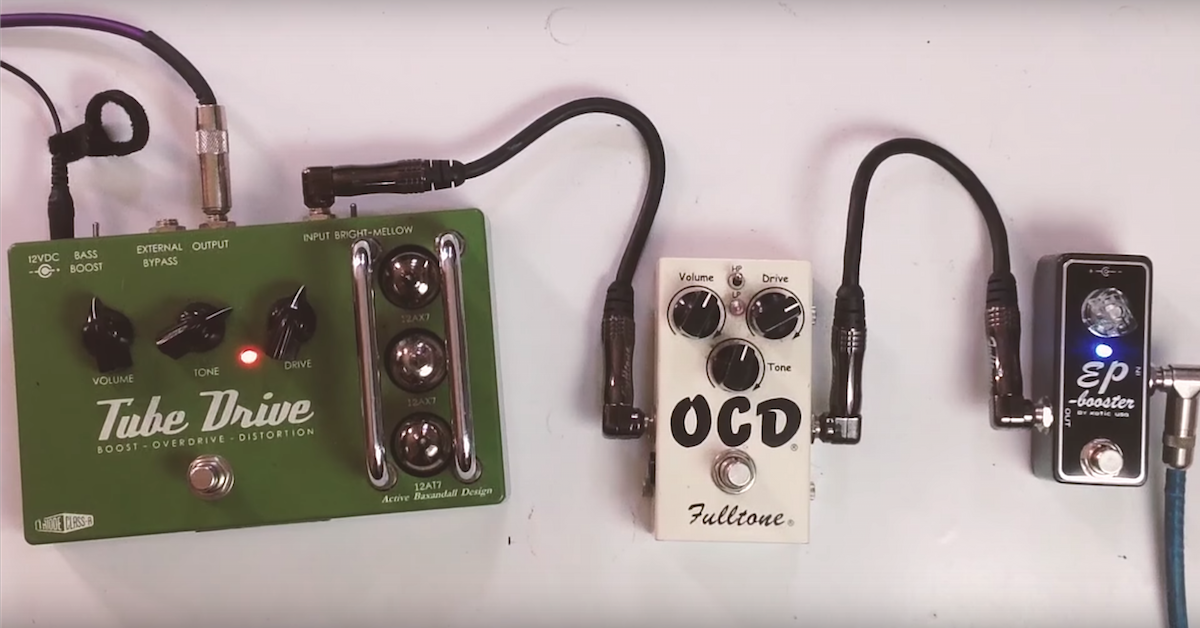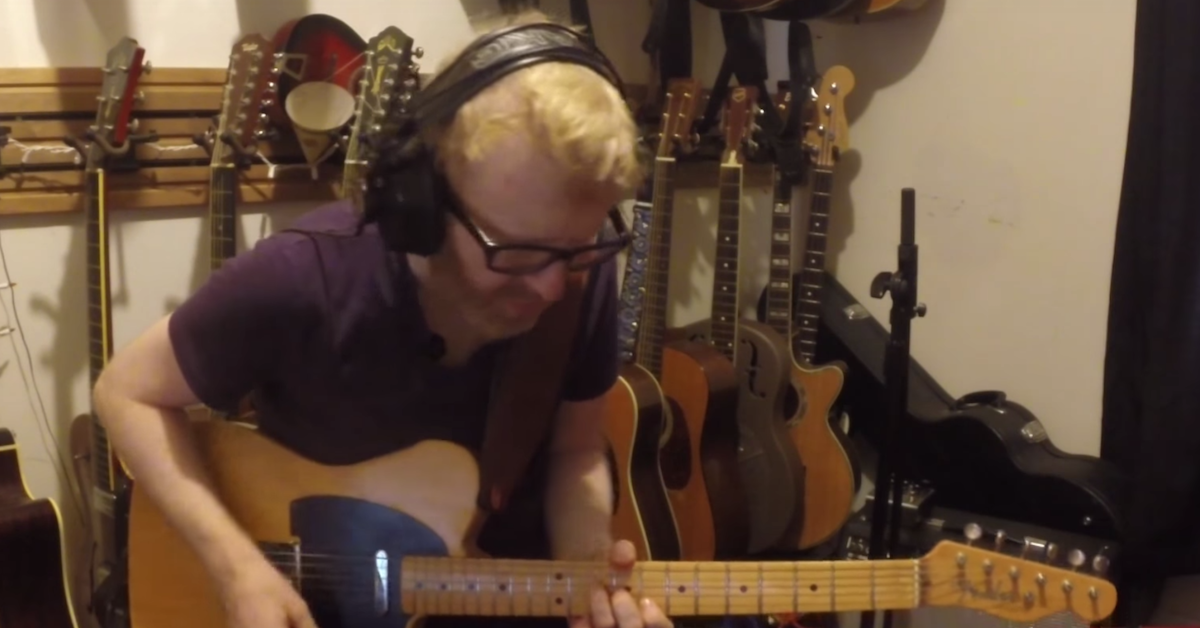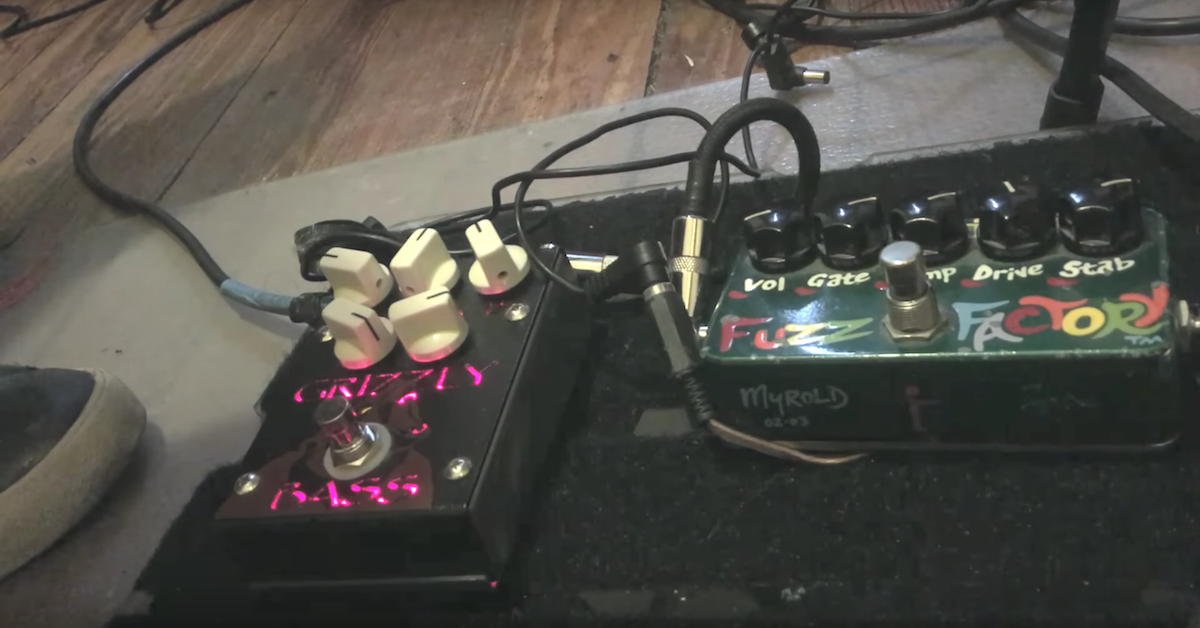Anatomy of Guitar Tone: PC-2A Tube Compressor after Overdrive
I recently had a conversation with Phil Taylor from Effectrode guitar effects. I was asking him questions about his PC-2A compressor, which is this compressor pedal here. It’s a photo optical compressor that’s based on a Teletronix LA-2A. There’s an actual tube in it.
I was asking him about his placement of the compressor. Typically, a lot of people put a compressor pretty early on in the chain before overdrives. Some people use it to push the overdrive into a lead tone.
He was telling me that sometimes, he likes to place it after his overdrive to simulate tube sag. Now, when you get an amp really loud, like say, 9, you’ll maybe start noticing it a bit before that, but the biggest way to notice tube sag is on 9 or 10.
You start hitting single notes or chords, and you’ll notice the amp kind of just compresses when you hit the chords and the notes. It’s really hard to get that out of an amp, unless it’s really cranked. This has to be a tube amp, by the way. It won’t work with a solid state amp.
I tried his trick and I placed this after an overdrive pedal, and sure enough, it does get that sound. This is a really good trick, because a lot of times, on various stages, and nowadays for modern recording, a lot of people can’t really get the amps to that state of tube sag. This is even with a Champ in an apartment.
A 5 watt amp is often too much for your neighbors. I’ve placed this after a Creation Audio Holy Fire pedal, which I’ll show you in a second, and I just ran into a Headstrong. Basically his version of a Princeton amp, and I had it on between 2 and 3, which is not that loud at all.
This is the Creation Audio Holy Fire pedal. I like this pedal. It runs at 18 volts. I find that there’s a little bit more headroom in it. You can see how I have the pedal setup. It’s nice that it has a high cut on it, which I roll back typically a little bit.
Then I just have the distortion and the gain — the overdrive. The nice thing about this pedal is it gives you two options, there’s overdrive and distortion on two different knobs.
So I set this up to pretty much emulate an amp that’s maybe on like, 5 or 6? It’s a fairly transparent overdrive pedal. To me, this pedal almost feels like a Fender amp with a solid state rectifier, as opposed to a tube rectifier, but what’s great about using the PC-2A is that’s going to emulate a tube rectifier, and it’s going to get a little bit of that squishiness in it.

![PC-2A Tube Compressor after Overdrive [Anatomy of Guitar Tone]](https://i.ytimg.com/vi/u9a6sfEB7as/hqdefault.jpg)



